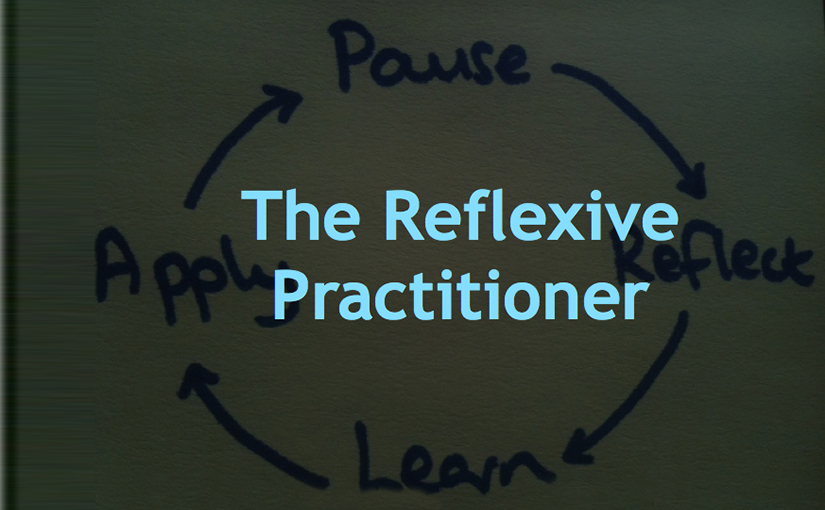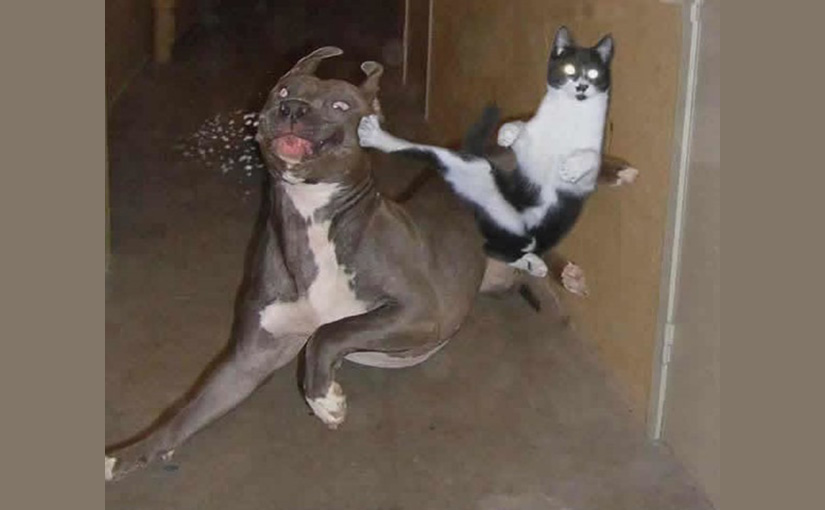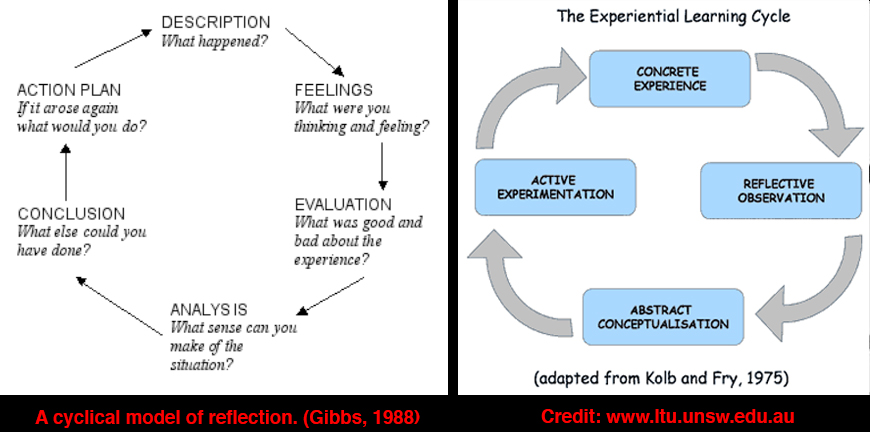This might also be the full length Literature Review for a longer peer-reviewed paper or for a chapter you write for a book.
On the optimal container size in automated warehouses Y. Roll, M.J. Rosenblatt and D. Kadosh, Proceedings of the Ninth ICPR Automated storage and retrieval systems (AS/RS) are being introduced into the industry and warehousing at an increasing rate. Forecasts indicate that this trend will continue for the foreseeable future (see [1]). Research in the area of AS/RS has followed several avenues. Early work by Hausman, Schwarz and Graves [6,7] was concerned with storage assignment and interleaving policies, based on turnover rates of the various items. Elsayed [3] and Elsayed and Stern [4] compared algorithms for handling orders in AR/RS. Additional work by Karasawa et al. [9], Azadivar [2] and Parry et al. [11] deals with the design of an AS/RS and the determination of its throughput by simulation and optimization techniques.
Several researchers addressed the problem of the optimal handling unit (pallet or container) size, to be used in material handling and warehousing systems. Steudell [13], Tanchoco and Agee[14], Tanchoco et al. [15] and Grasso and Tanchoco [5] studied various aspects of this subject. The last two references incorporate the size of the pallet, or unit load, in evaluation of the optimal lot sizes for multi-inventory systems with limited storage space. In a report on a specific case, Normandin [10] has demonstrated that using the ‘best-size’ container can result in considerable savings. A simulation model combining container size and warehouse capacity considerations, in an AS/RS environment, was developed by Kadosh [8]. The general results, reflecting the stochastic nature of the flow of goods, are similar to those reported by Rosenblatt and Roll [12]. Nevertheless, container size was found to affect strongly overall warehousing costs.
In this paper, we present an analytical framework for approximating the optimal size of a warehouse container. The approximation is based on series of generalizations and specific assumptions. However, these are valid for a wide range of real life situations. The underlying assumptions of the model are presented in the following section.
Notice how the writers have:
- Grouped similar information: “Steudell [13], Tanchoco and Agee[14], Tanchoco et al. [15] and Grasso and Tanchoco [5] studied various aspects of this subject.”
- Shown the relationship between the work of different researchers, showing similarities/differences: “The general results, reflecting the stochastic nature of the flow of goods, are similar to those reported by Rosenblatt and Roll [12].
- Indicated the position of the work in the research area history: “Early work by Hausman, Schwarz and Graves [6, 7] . . . “
- Moved from a general discussion of the research in AS/RS to the more specific area (optimal container size) that they themselves are researching i.e. they relate previous work to their own to define it, justify it and explain it.
Adapted from: McMillan, Writing Papers in Biological Sciences.



